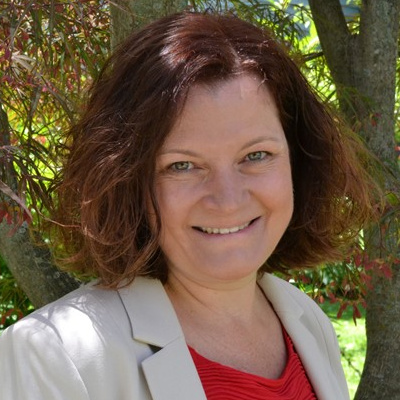At AHIMA’s National Convention in 2014, Angela Kennedy, EdD, MBA, RHIA, shared a story about her adopted daughter’s diagnosis of cystic fibrosis, and the difficulty she faced getting her daughter’s medical history. Her story is personal, but not rare.
Without essential health information, patient empowerment is nearly impossible; it’s like asking someone to build a house without the benefit of blueprints.
Information is power, and good communication is a prerequisite to truly sharing the power of decision-making.
Health information management (HIM) professionals can help solve these issues starting with an understanding of how access to information can empower patients and caregivers.
- Family and medical history: Knowledge of family medical history by patients and caregivers can help patients and their medical teams assess the risks of various diseases. Digital technologies can help keep personal and family health information up-to-date and track it quickly and seamlessly.
- Diagnosis: When patients do their own research online, they come prepared to ask questions of their physicians. The power of questions is most prominent in the diagnosis process and in helping both the doctor and patient assess options.
- Decisions on treatment: Providers can share options in real-time through digital technologies. More importantly, by understanding patient preferences, shared decision-making is improved by providing access to medical information in real-time.
- Monitoring and maintenance: Deploying mobile technologies may help patients and caregivers monitor their health status, maintain adherence to medical treatments, and share their data with their healthcare team. This part of the journey lends itself to the support of patient communities.
HIM professionals must ensure that trust is both earned and sustained with patients and caregivers.
After all, as Kennedy’s story illustrates, HIM professionals also walk in these shoes as parents, friends, individuals, and community members. Remembering this can help keep the patient voice as an HIM professional’s “North Star,” even as the world of information management and communication undergoes its most profound revolution in history.
Post adapted from the Journal of AHIMA 86, no.1 (January 2015): 48-51.
